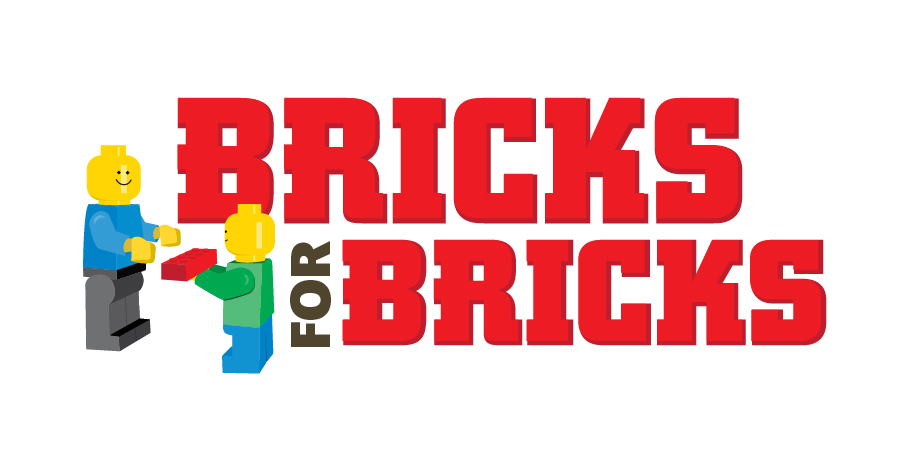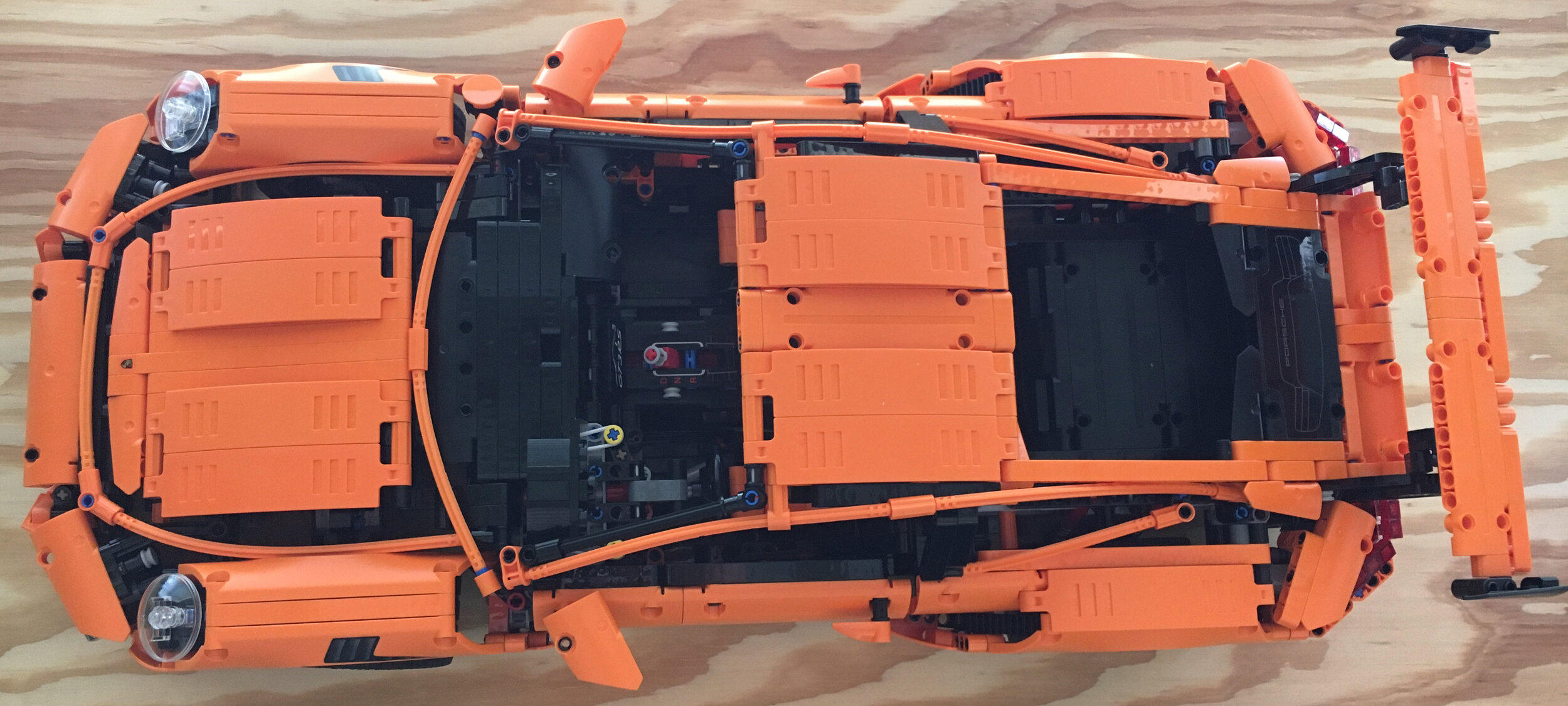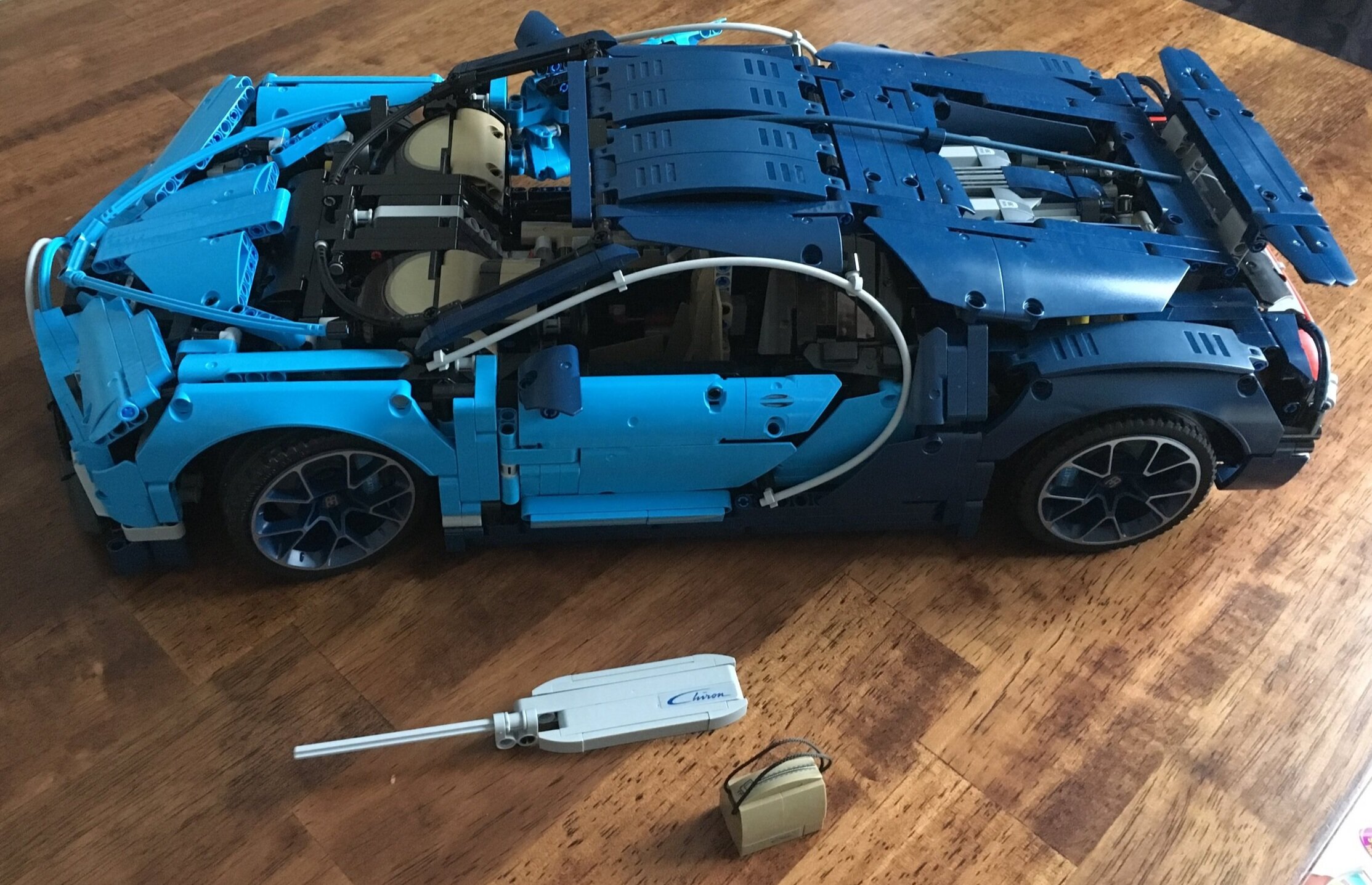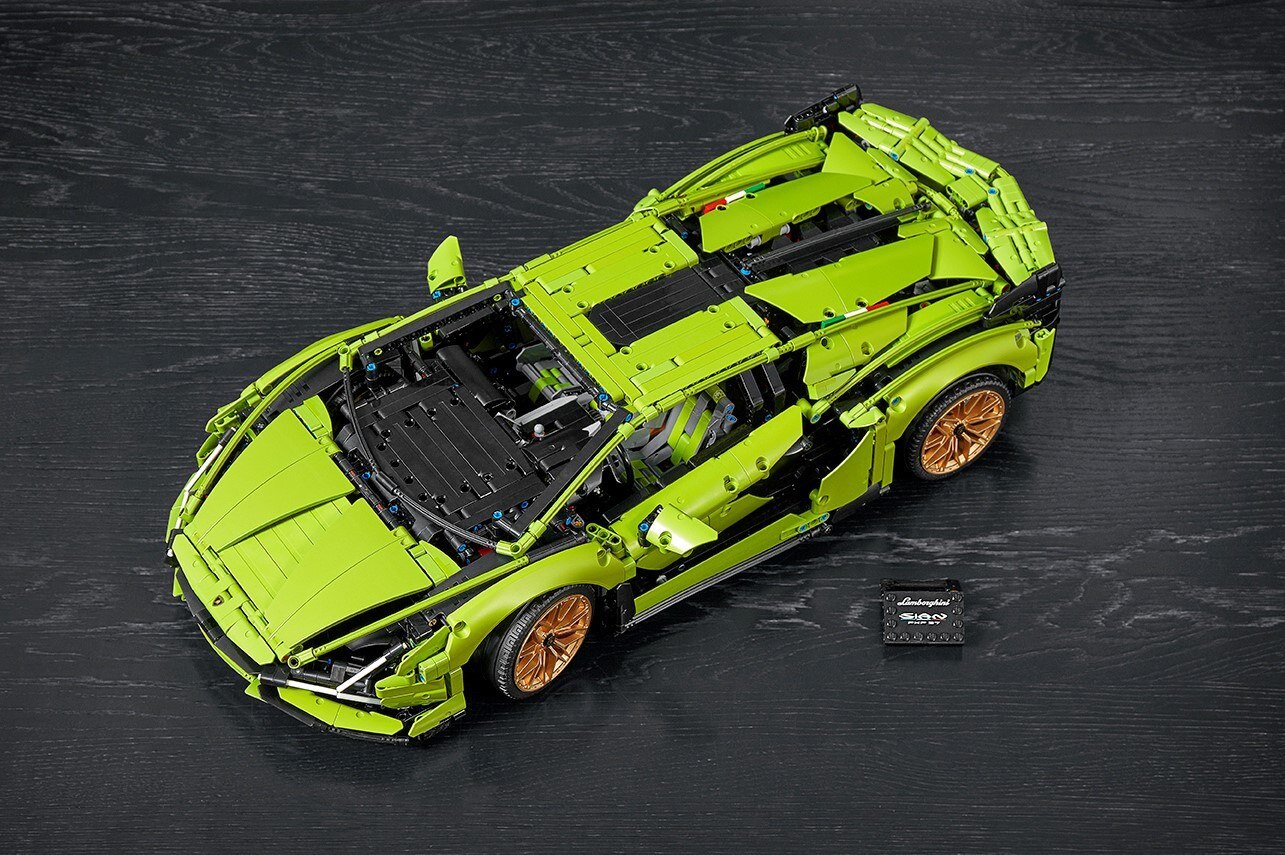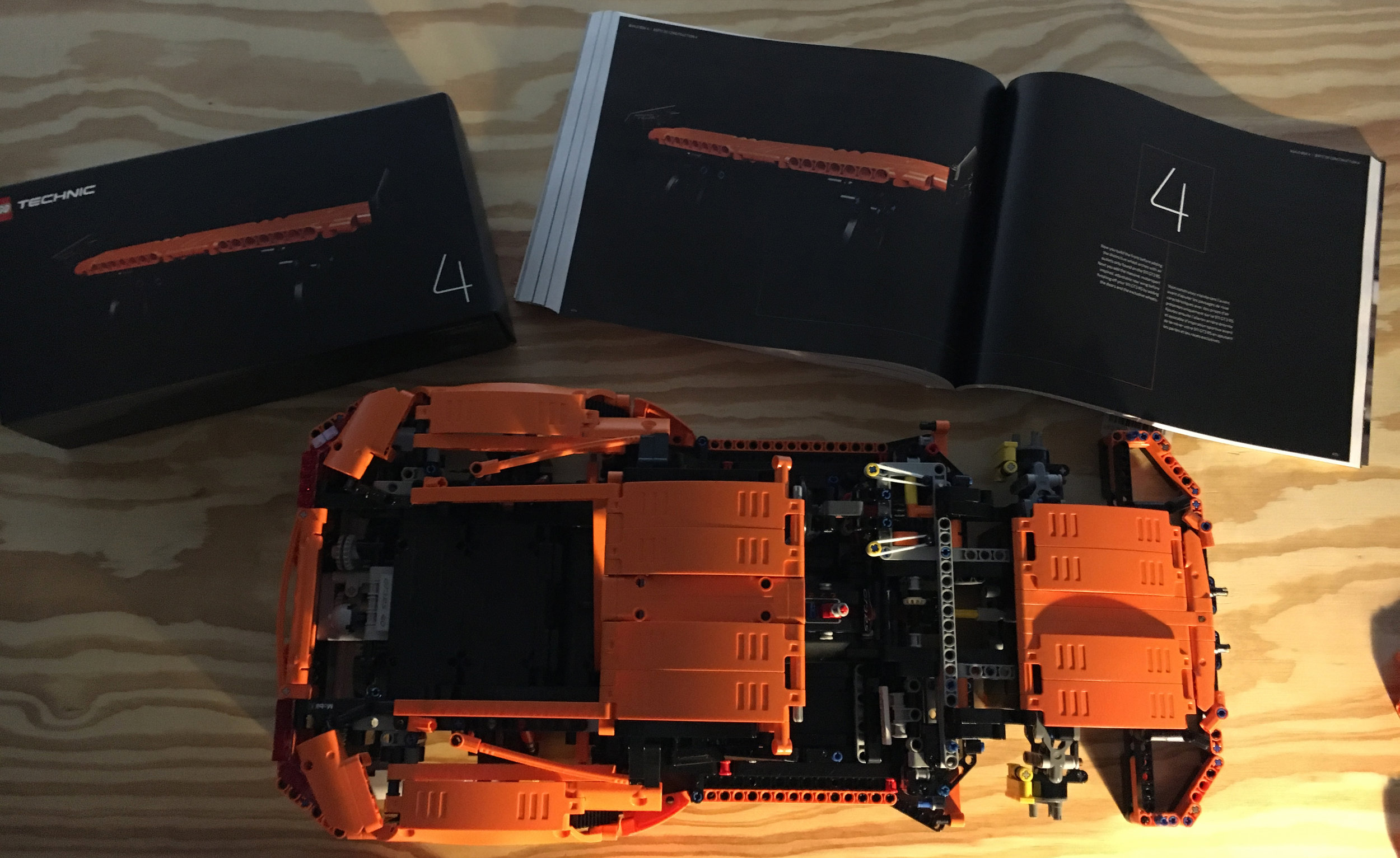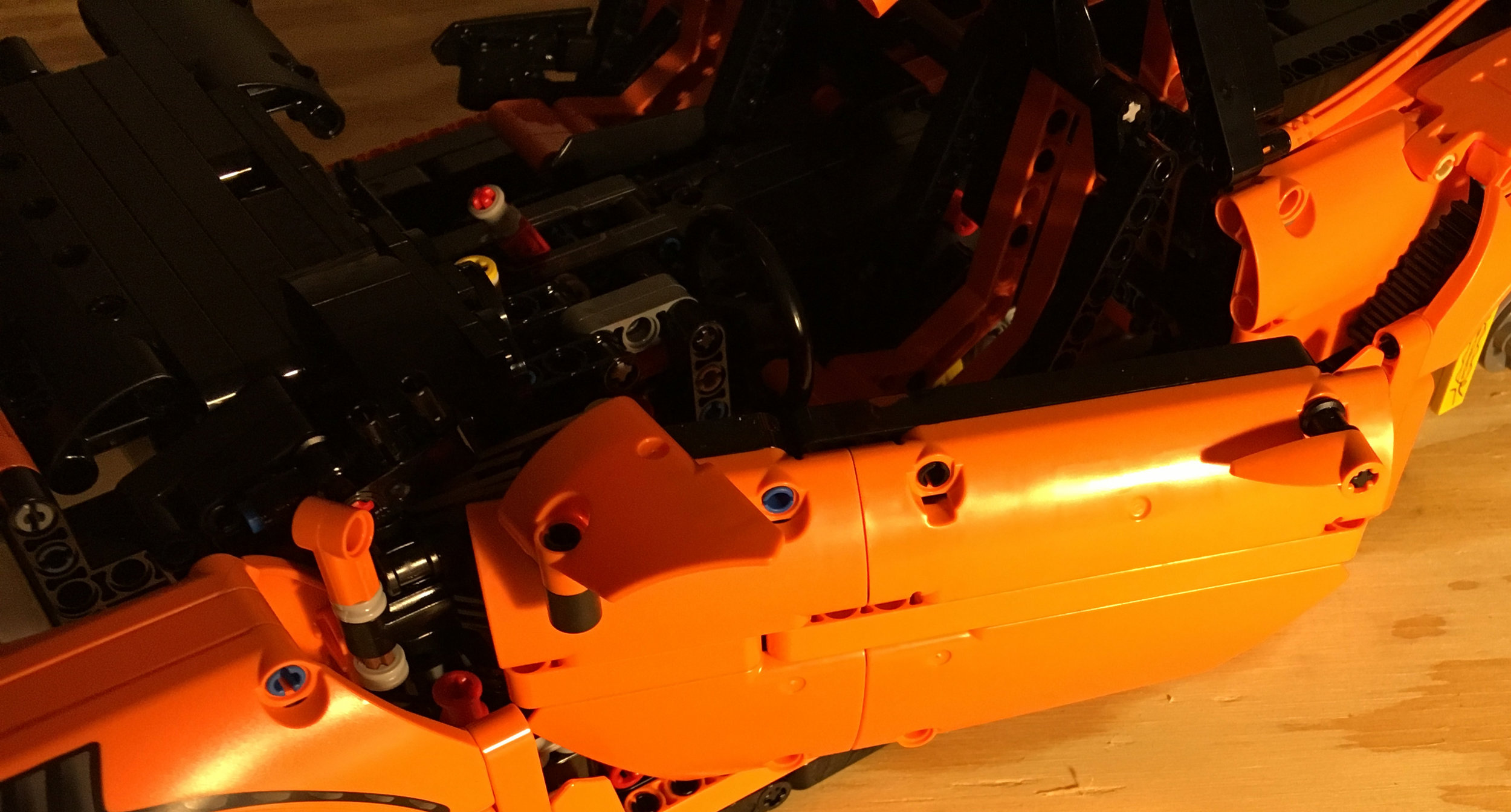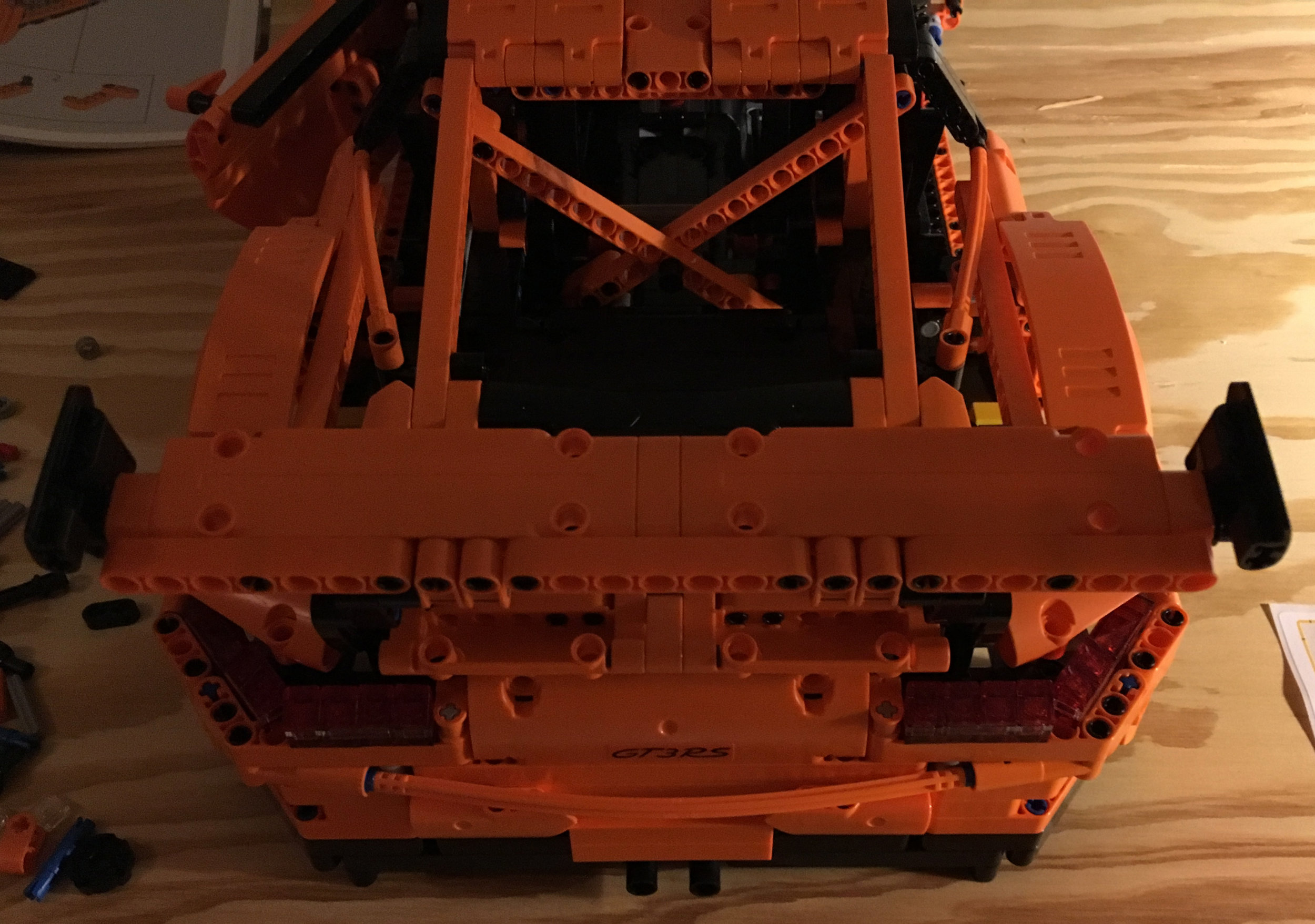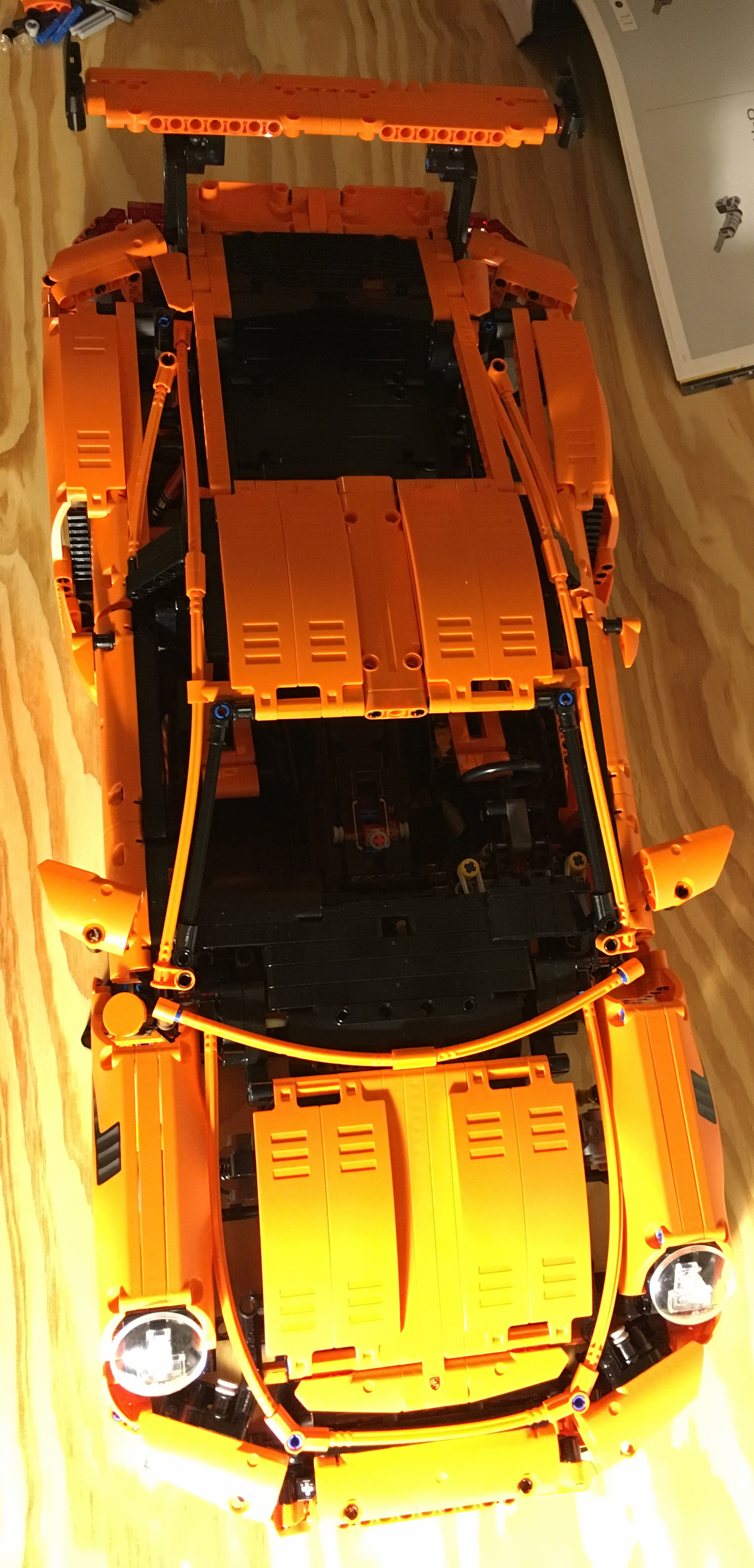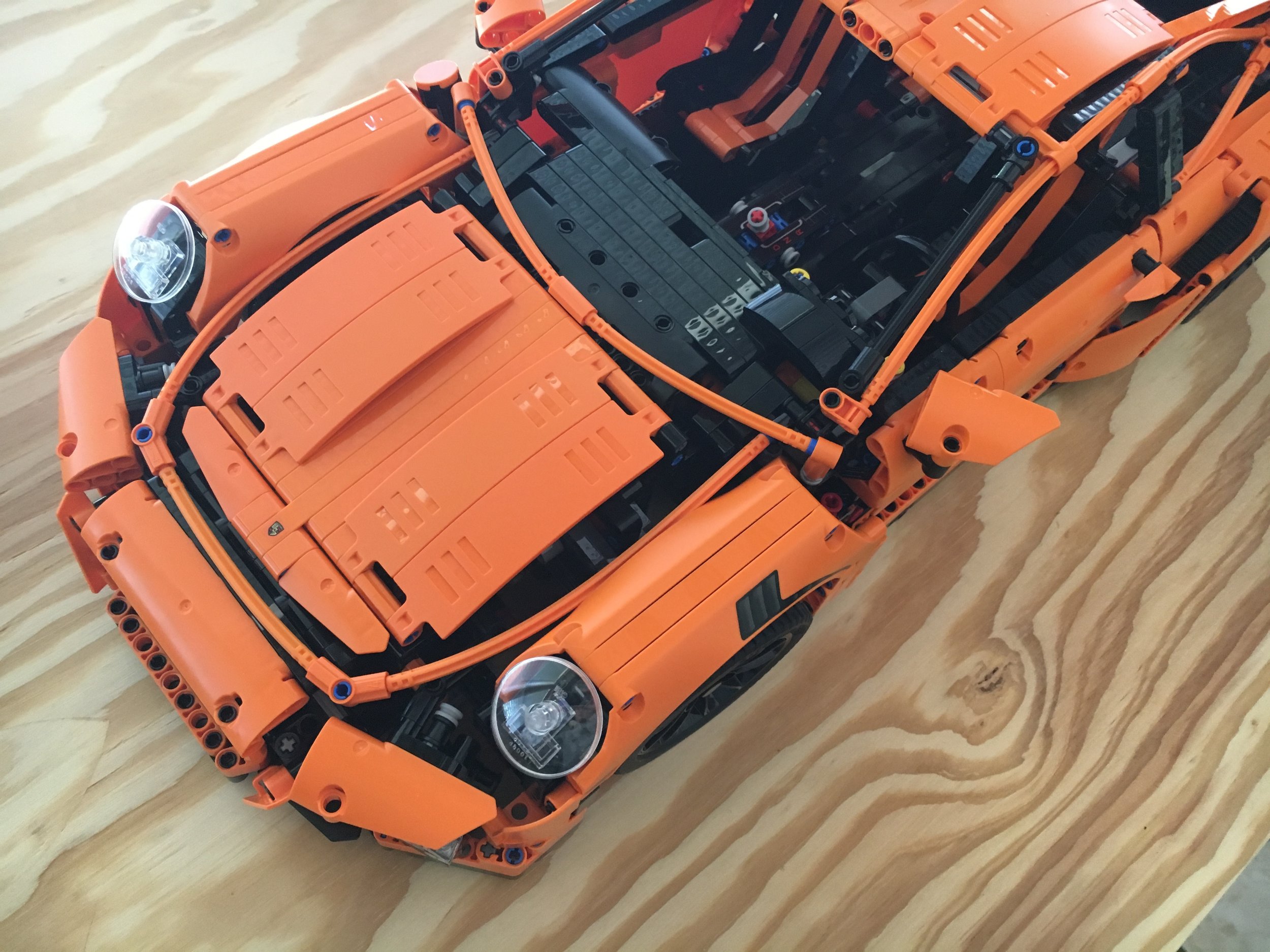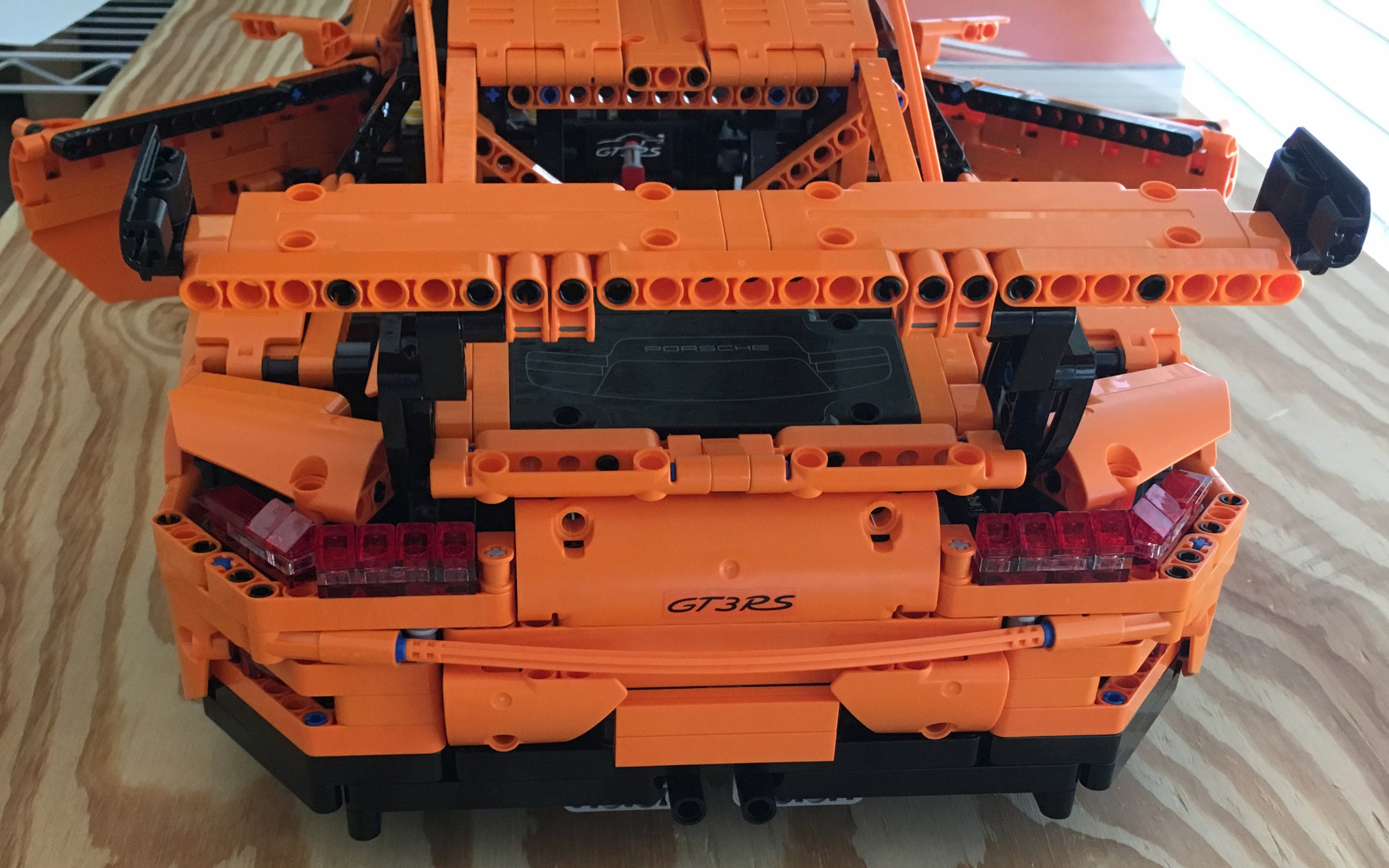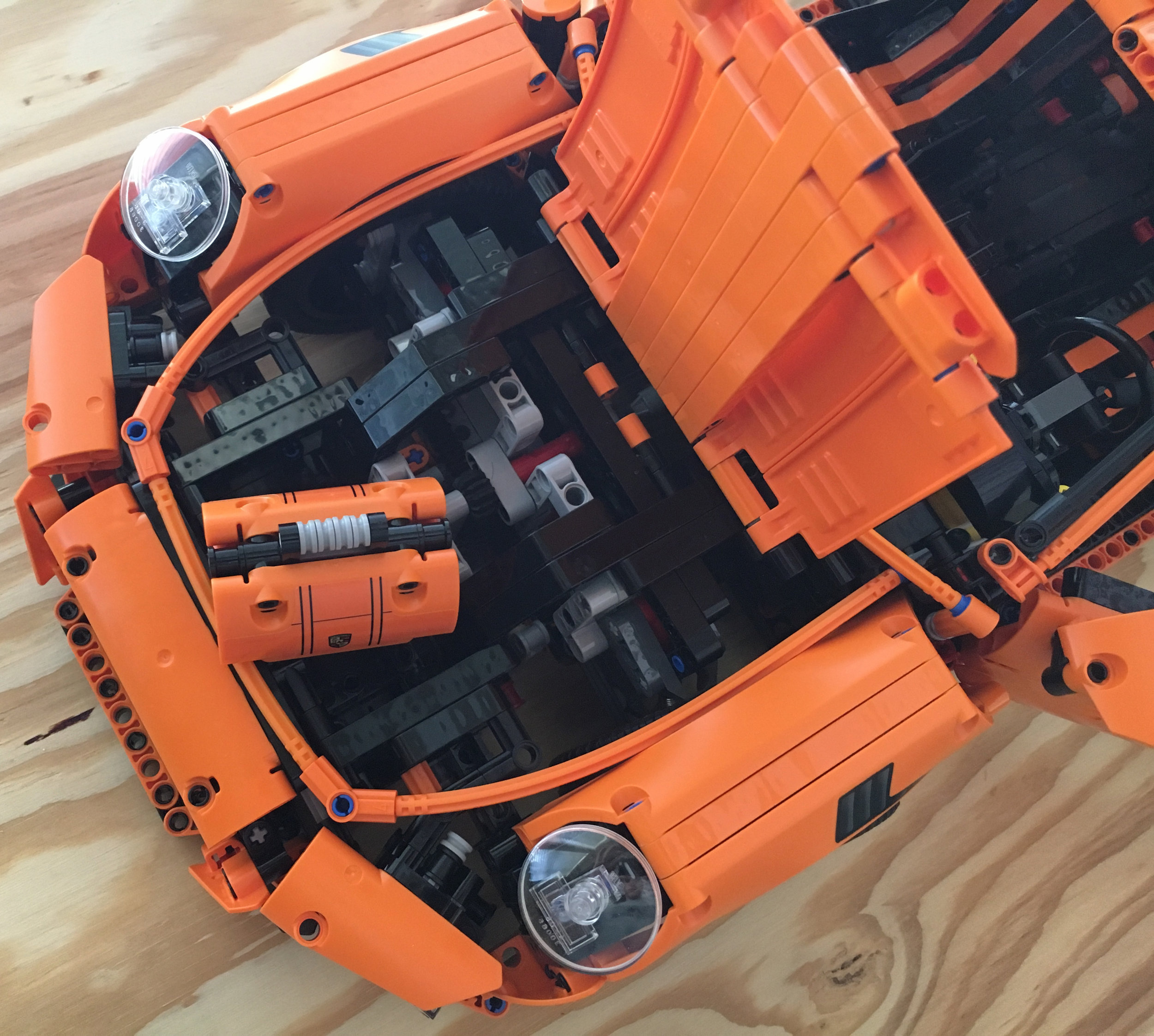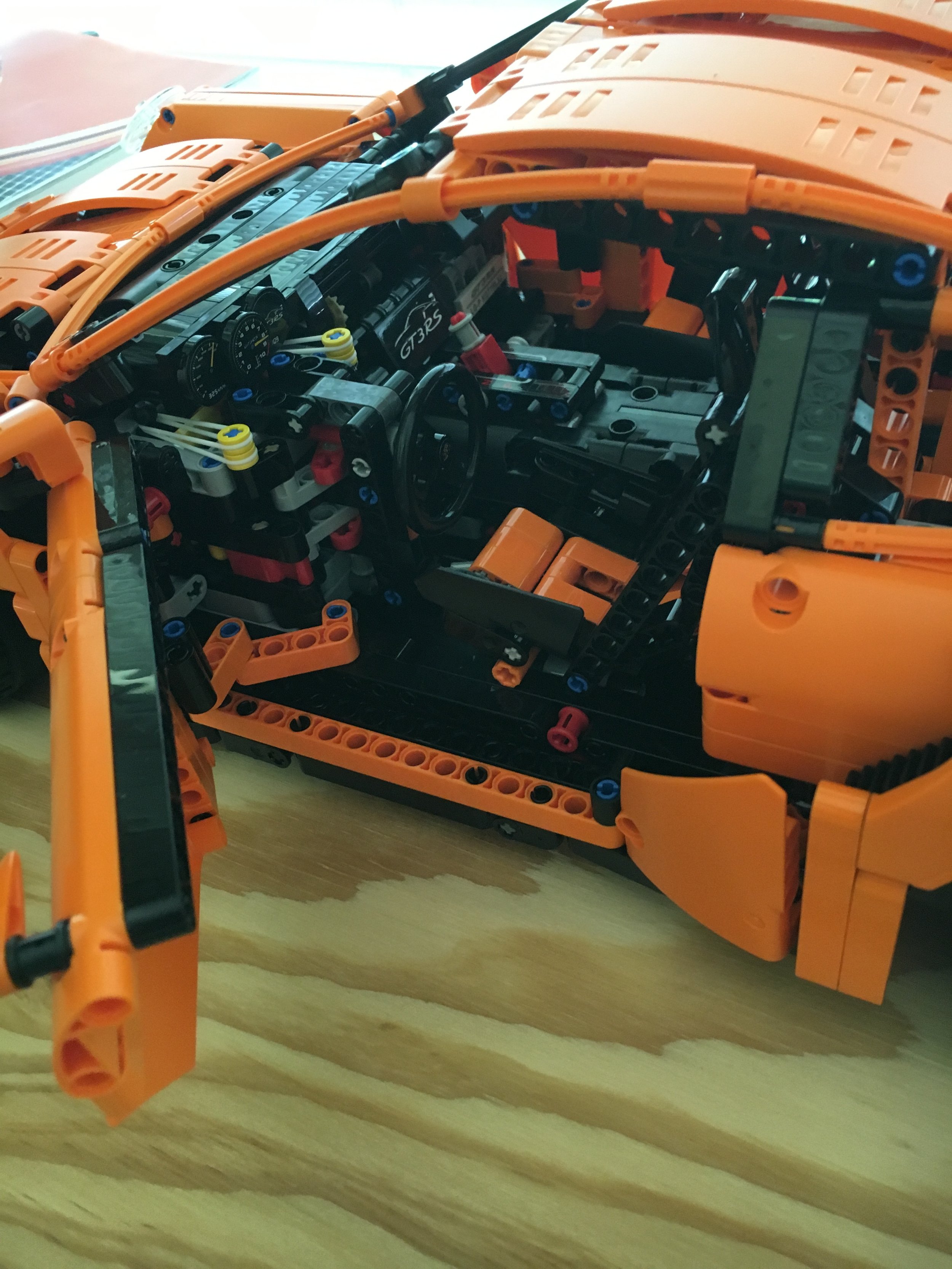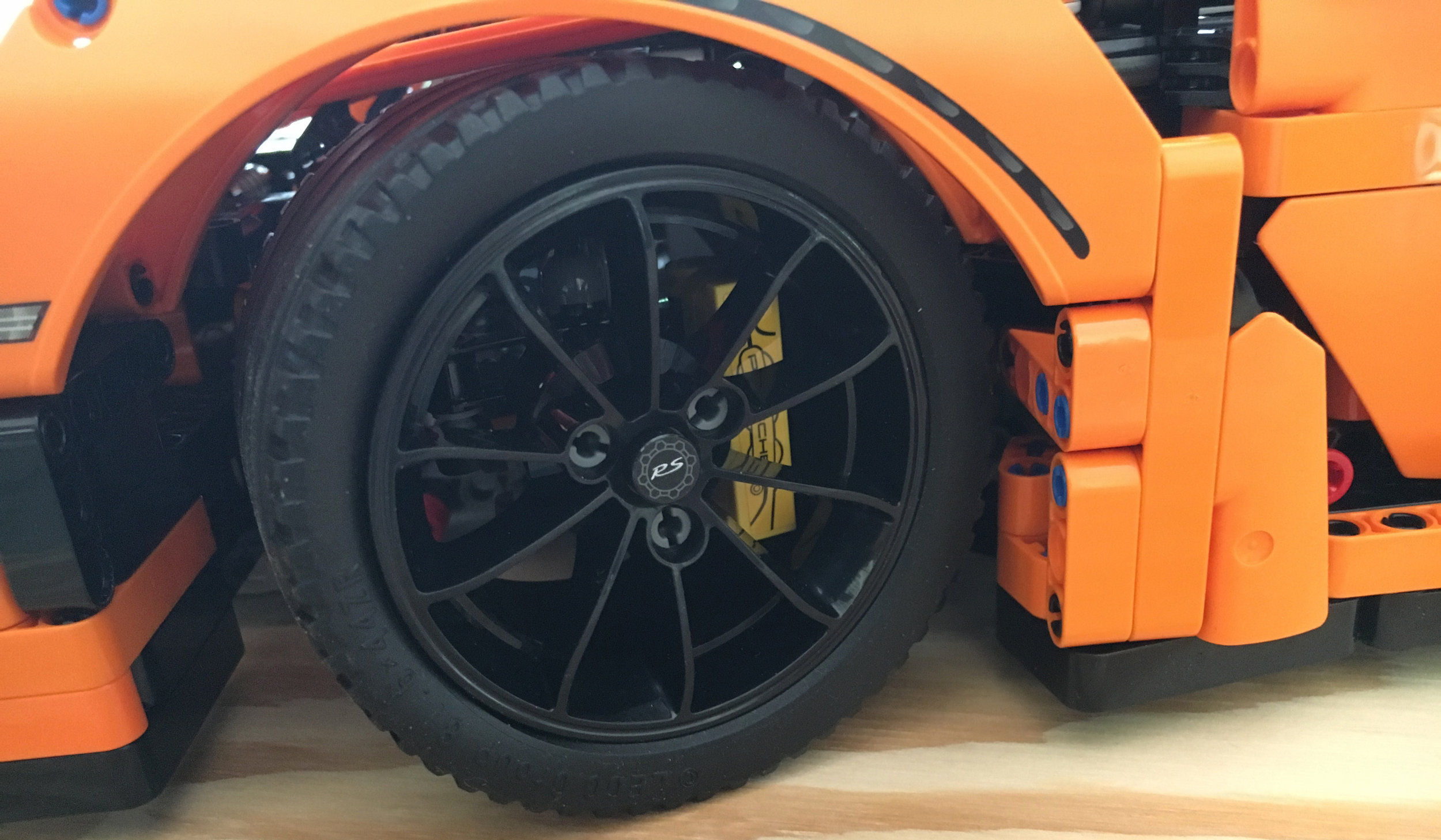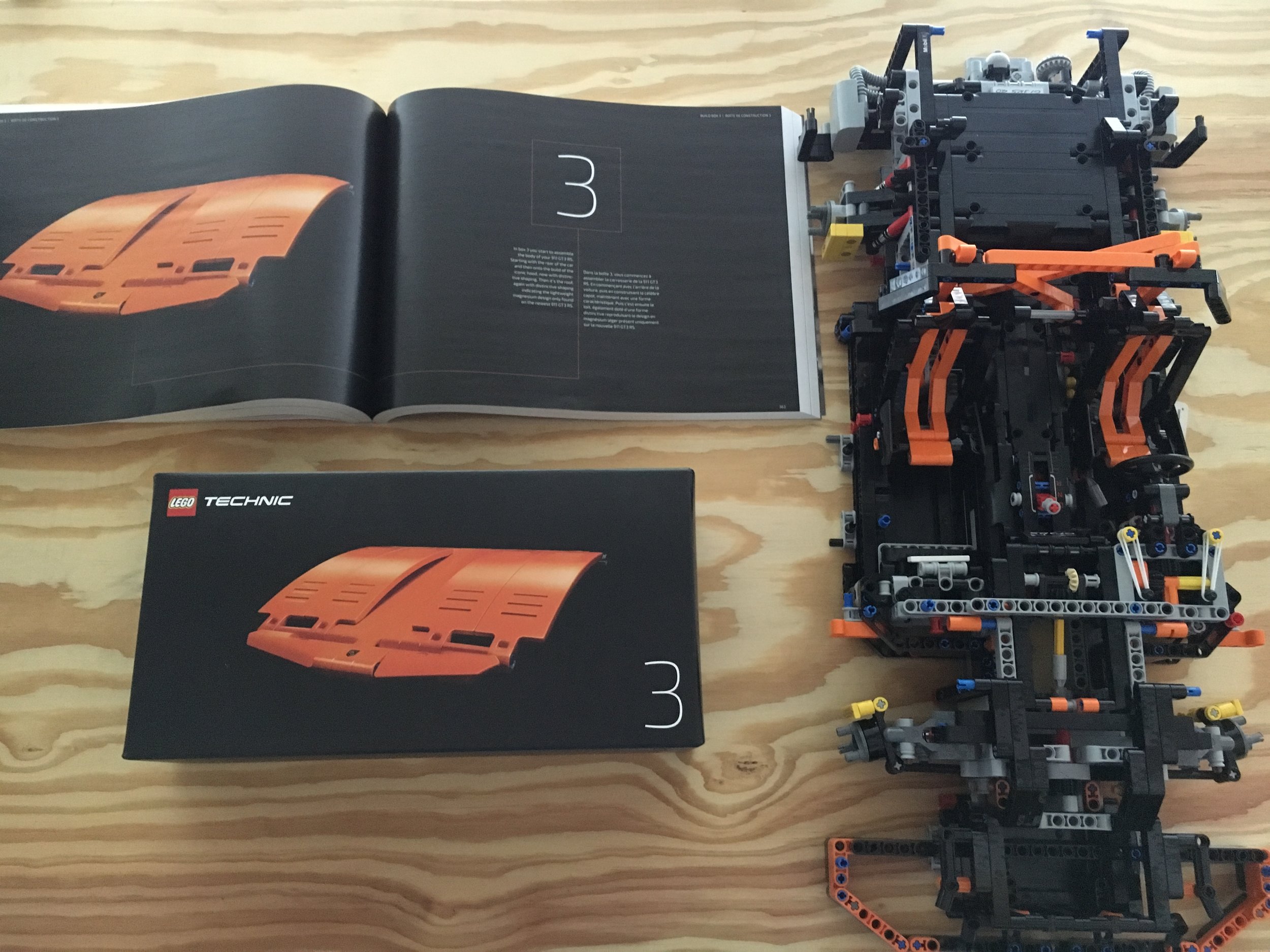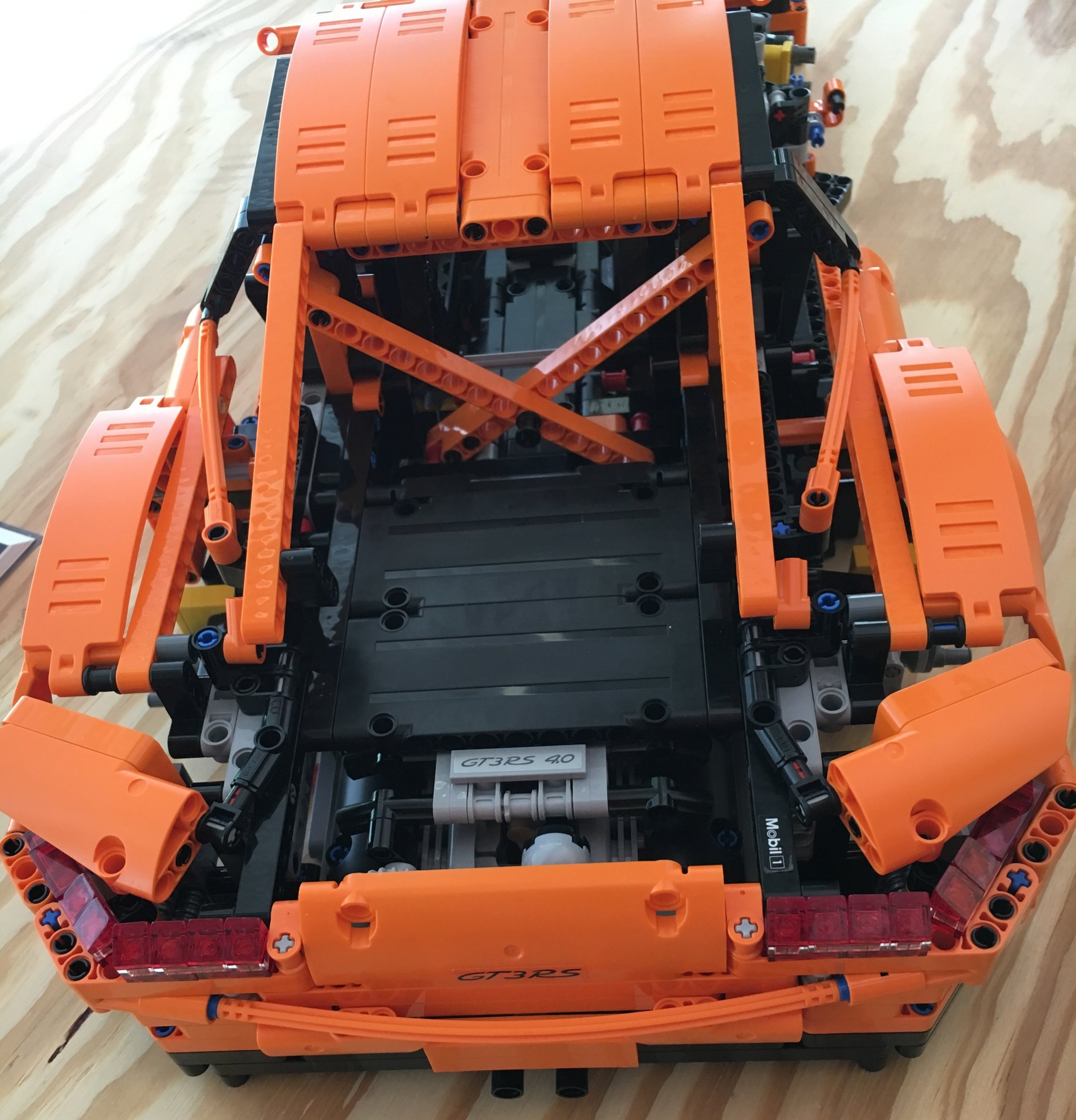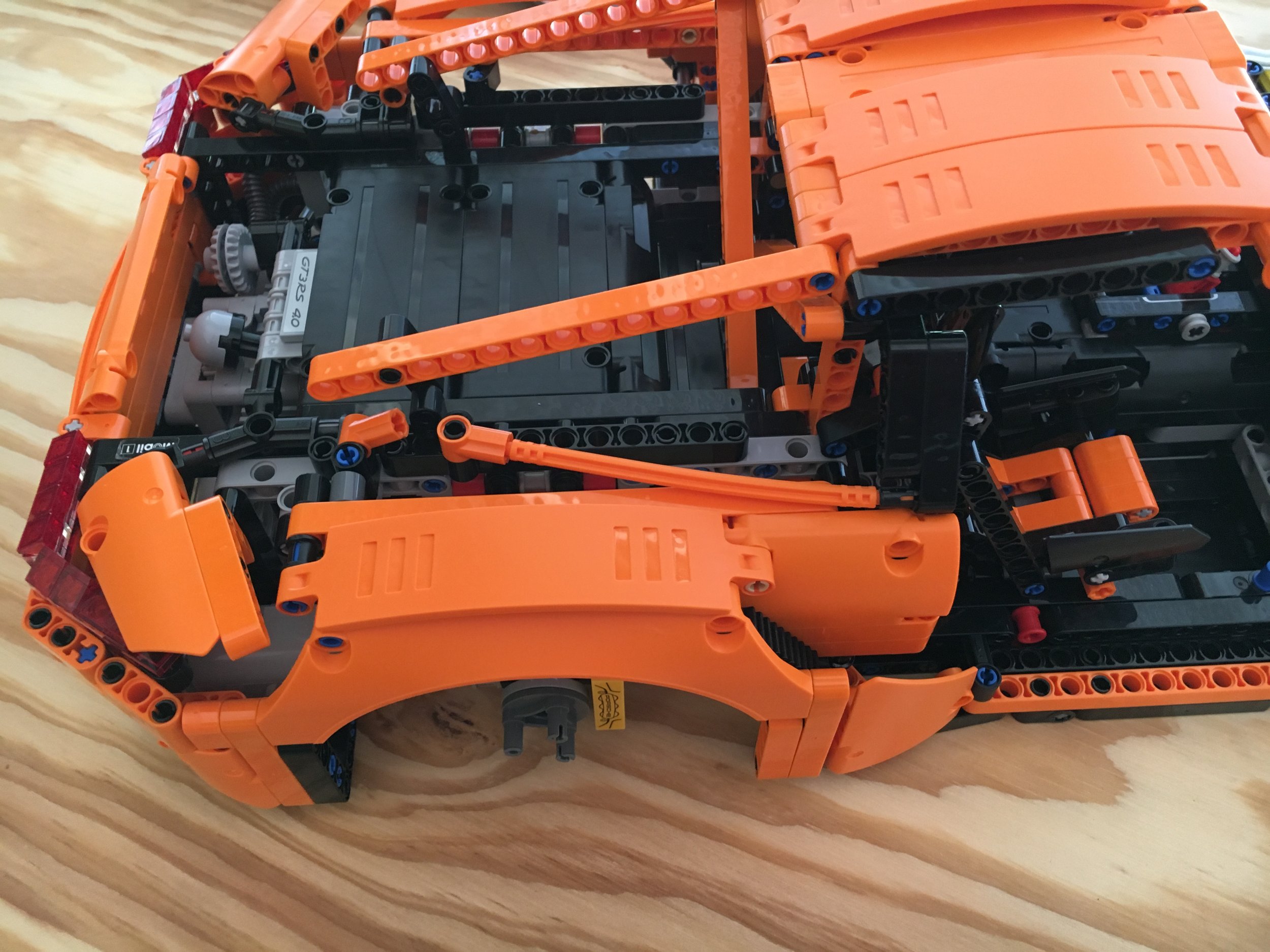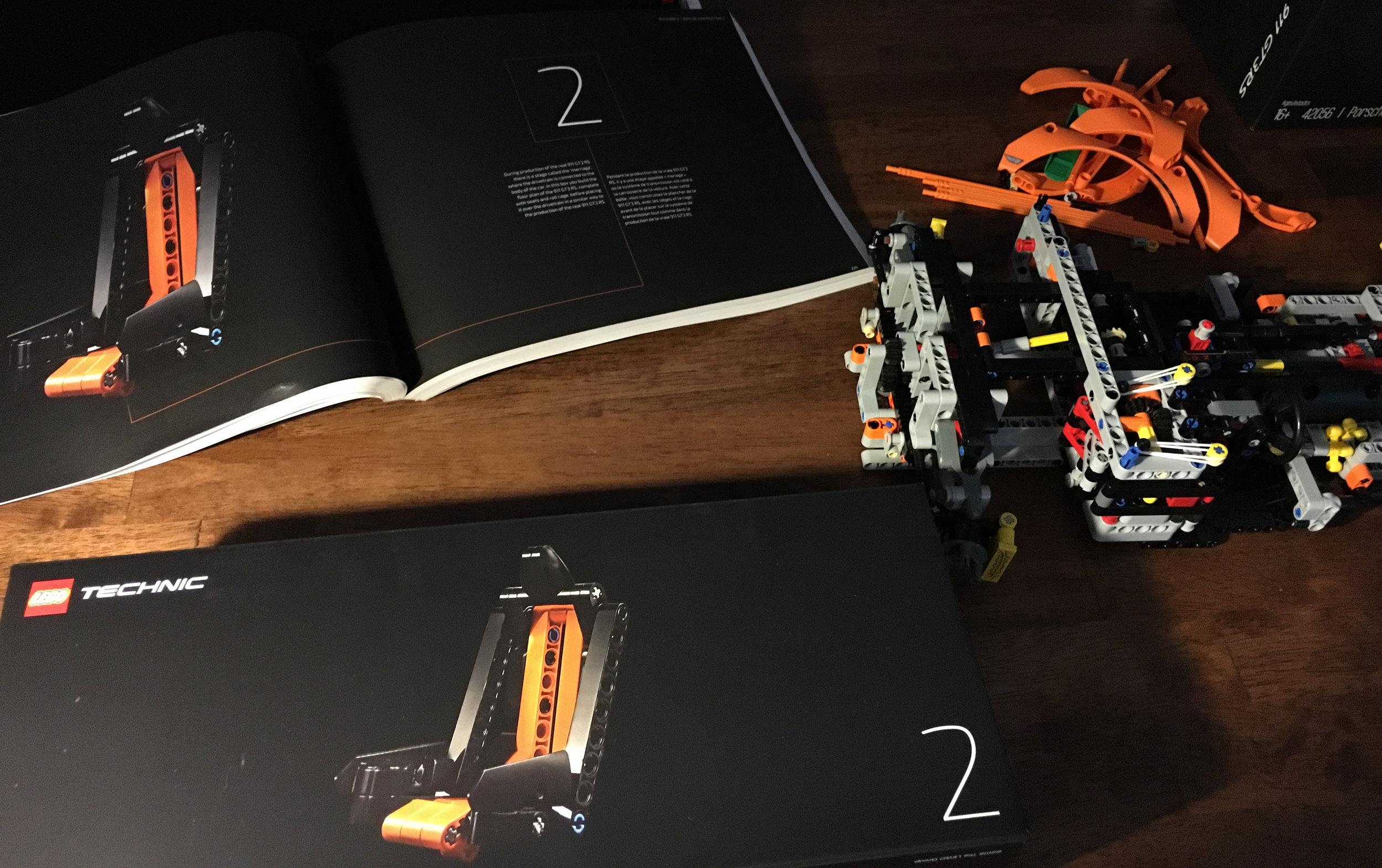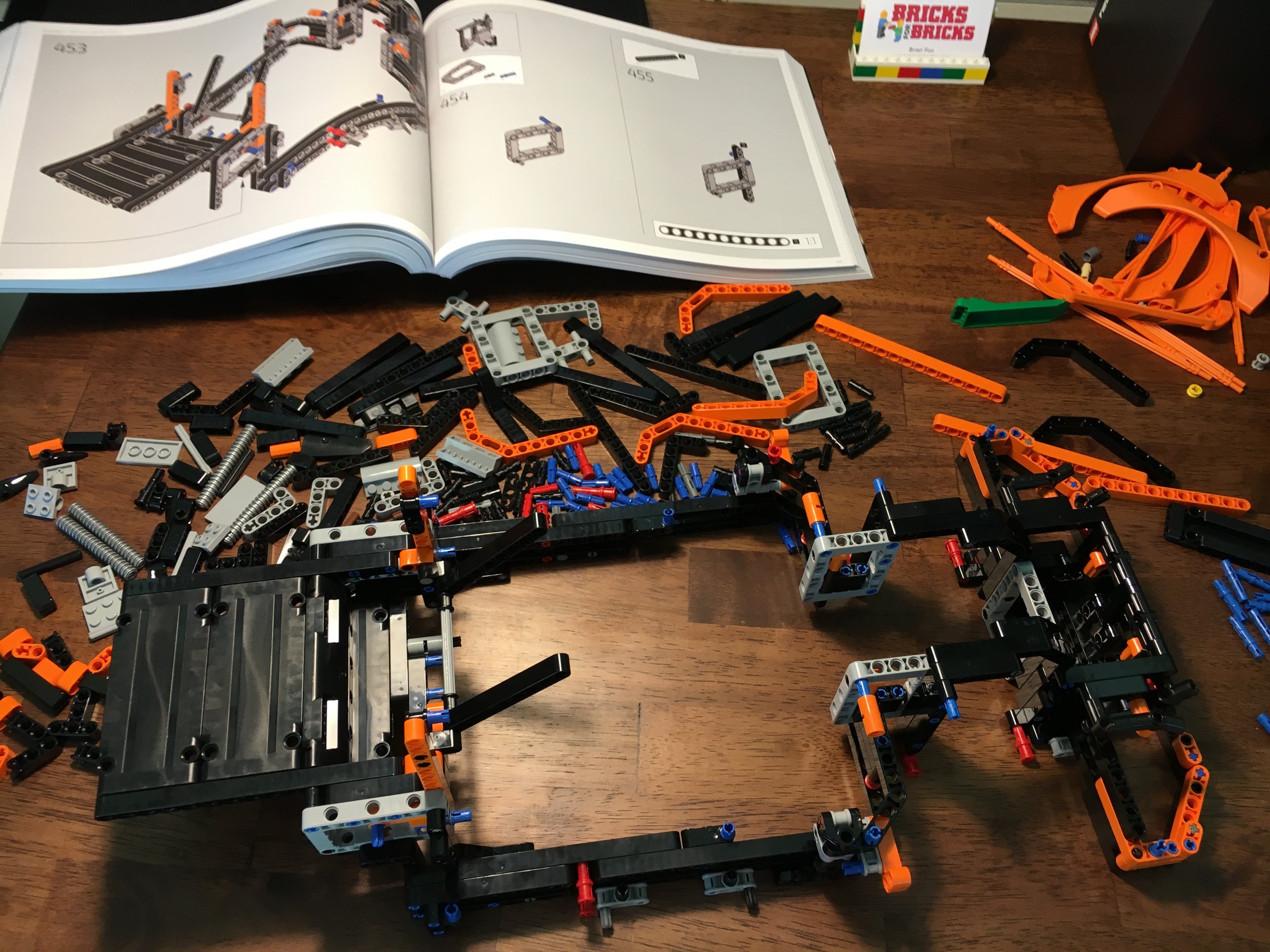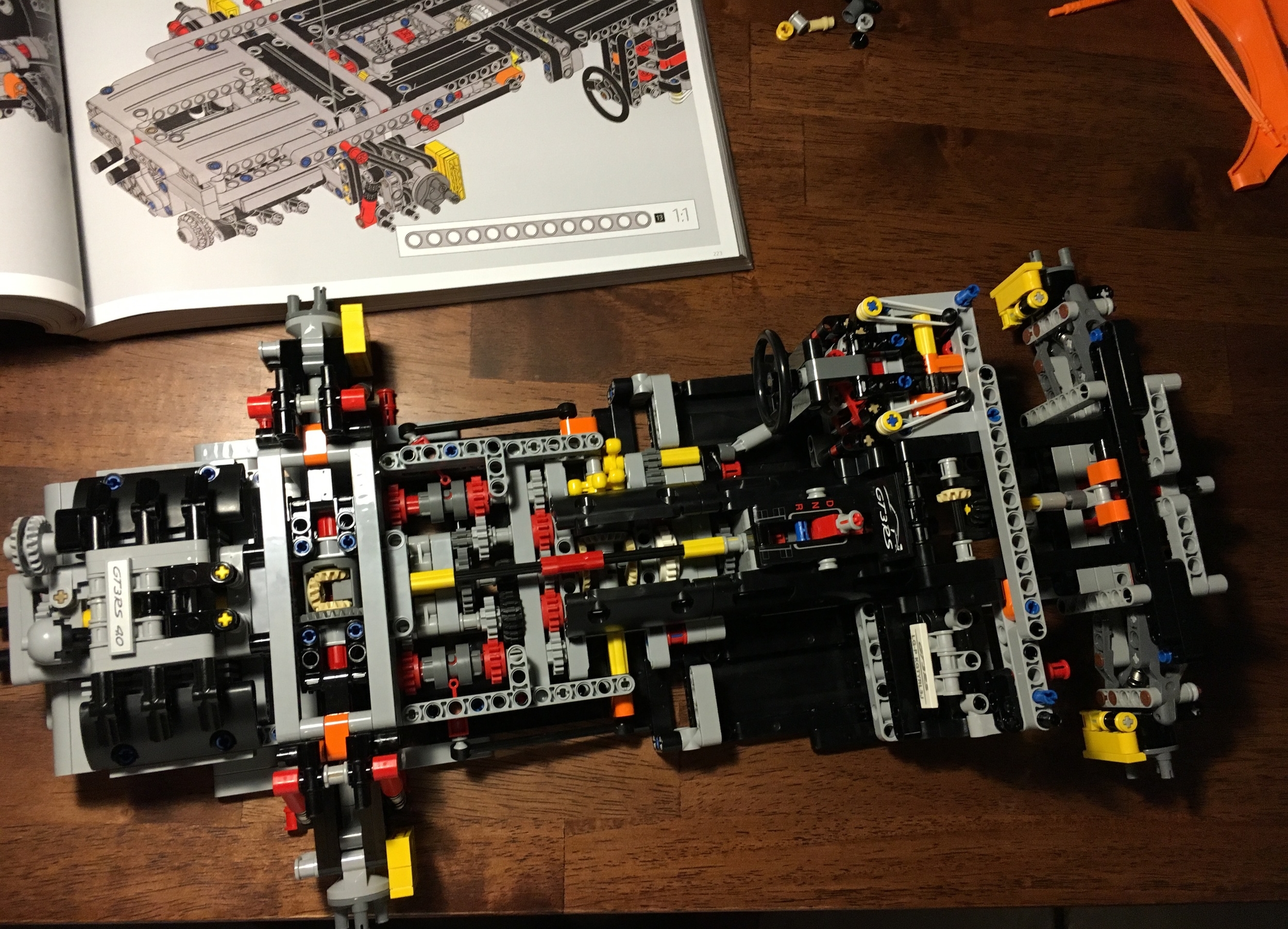LEGO released the next Technic super car on Thursday 28 May 2020. For those of you that missed it, the set is #42115-1: Lamborghini Sián FKP 37. The set contains 3,696 pieces and will retail in the US for $379.99. Initial release was through LEGO starting on 1 June 2020 with widespread sale across other retailers starting on 1 August 2020.
The Recognized LEGO Fan Media (RLFM) has exploded with articles, posts, videos, podcasts, etc. discussing this car. The comments range from it being an absolute stunning build to a giant waste of money.
I’m not going to give my opinion yet because I have yet to see the car in person or actually build the set. Here’s what I will say right now… $380 seems like a lot of money for this set. I wanted to do some analysis to see if it’s true, so here goes.
First some background data:
#42056-1: Porsche 911 GT3 RS
Released 30 July 2016
2,704 Pieces
$299.99 in the US
$0.111 per piece
See my review starting here
#42083-1: Bugatti Chiron
Released 2 June 2018
3,599 Pieces
$349.99 in the US
$0.097 per piece
See my review starting here
Photo from LEGO.com
#42115-1: Lamborghini Sián FKP 37 Released 1 June 2020
3,696 Pieces
$379.99 in the US
$0.102 per piece
I don’t own this yet so no review yet
So is $380 a lot for this set?
The Porsche in 2016 was $300, the Bugatti in 2018 was $350, and now the Lamborghini in 2020 is $380. So $80 more than the first set four years ago and $30 more than the set released 2 years ago.
So at a price only look, the Porsche wins.
They are very different sets though so let’s start with piece count and see if we can normalize. What if they all had the same piece count as the Lamborghini with 3,696 pieces and retained their original price per piece?
-Porsche at 3,696 pieces and $0.111 per piece would be $410.26
-Bugatti at 3,696 pieces and $0.097 per piece would be $358.51
Factoring in the original price per piece and making them all 3,696 pieces, the Bugatti wins on cost.
It’s been four years and prices change. LEGO, like any other business, has to factor in inflation and increasing costs. So what if we added a 2% inflation factor? Let’s assume all three sets have 3,696 pieces, they all retain their original price per piece, but we add in a 2% inflation factor per year to come up with what the set would cost today (in 2020) if it were sold. The math gave me:
-Porsche at $444.08
-Bugatti at $372.99
The Porsche now looks expensive while the Bugatti seems closer in price to the Lamborghini.
How realistic is the last example? Probably not so much as I just randomly picked 2% a year. So next up I found an inflation calculator on the web (because everything on the web you read is correct, right?). I used usinflationcalculator.com. Again… you can call me wrong for using it, but I didn’t want to waste a ton of time searching for a better tool in the hopes of getting close enough. The tool goes by year versus by day so we’ll again say “close enough.”
-The Porsche in its original price with original piece count purchased in 2020 dollars would be $320.47 with a 6.8% cumulative rate of inflation. Factoring in the first example where we use the 3,696 pieces with the Porsche’s $0.111 per piece works out to be $438.26 with the same 6.8% cumulative rate of inflation. So maybe my 2% per year estimate wasn’t that far off?
-The Bugatti in its original price with original piece count purchased in 2020 dollars would be $357.35. That’s with a 2.1% cumulative rate of inflation. Using the same process as the Porsche, we’ll make the Bugatti match the Lamborghini’s piece count, but use the Bugatti’s $0.097 per piece cost and the Bugatti works out to be $366.05 in 2020 dollars.
Factoring in US inflation rates over the last 4 years, the price increase looks somewhat justified.
Back to Reality
If you followed all of that, you’re amazing. Bonus points if you are still reading…
Let’s get back to reality and consider some real facts for a few minutes.
-The Bugatti is still available at its original price 2 years after its initial release so the adjustments don’t make sense at this time.
-My guess is LEGO does not price by piece, but instead considers their actual costs to include plastic costs, design, packaging, licensing, paying their workers, shipping, foreign exchange rates, etc.
-I looked at the set from a monetary perspective, but what about from the buyer’s perspective. If you think you’ll get $380 value in buying and owning the set, then it is probably worth it. What if you think you’ll get $400 worth of value from the set? How is that even calculated?
-LEGO is a business and while we would love them to produce things for free, they have a goal of making a profit. There is definitely a profit margin baked into the price of this set. LEGO probably won’t ever tell us that amount, but keep it in mind.
What Can You Do?
Besides saving your change or hoping Santa Claus comes through this year, what are some ways to get this set at a discount?
- Use your VIP points. This assumes you have some of course, but they are easily applied to LEGO purchases.
-Wait for an opportunity to get a deal from LEGO such as a gift with purchase set or a double VIP point opportunity.
-I have a popular post here where I discuss how to find discounts and save money on LEGO purchases. One of those options is using companies like Rakuten where right now LEGO offers 2.5% back. The payments come quarterly and it isn’t a ton, but it helps slightly (~$9.50 on the Lamborghini). Add on VIP points, a gift with purchase, and maybe credit card points, and you’ve helped slightly on the price. (I’m not paid by LEGO or Rakuten)
-For those of us in Europe, LEGO has different discounting plans here. A few months back the Bugatti (#42083-1) was going for around 260€ at multiple stores around here compared to the 370€ original retail price. It makes sense to wait and see if discounts happen here. I have yet to see heavy discounting of sets like this in the US. We’ll have to wait and see if it happens again in Europe.
What are your thoughts? Has LEGO cross the line on price finally (or again)? Does the pricing of this new set make sense? I’m curious on your thoughts.
In the meantime happy (affordable?) building!
